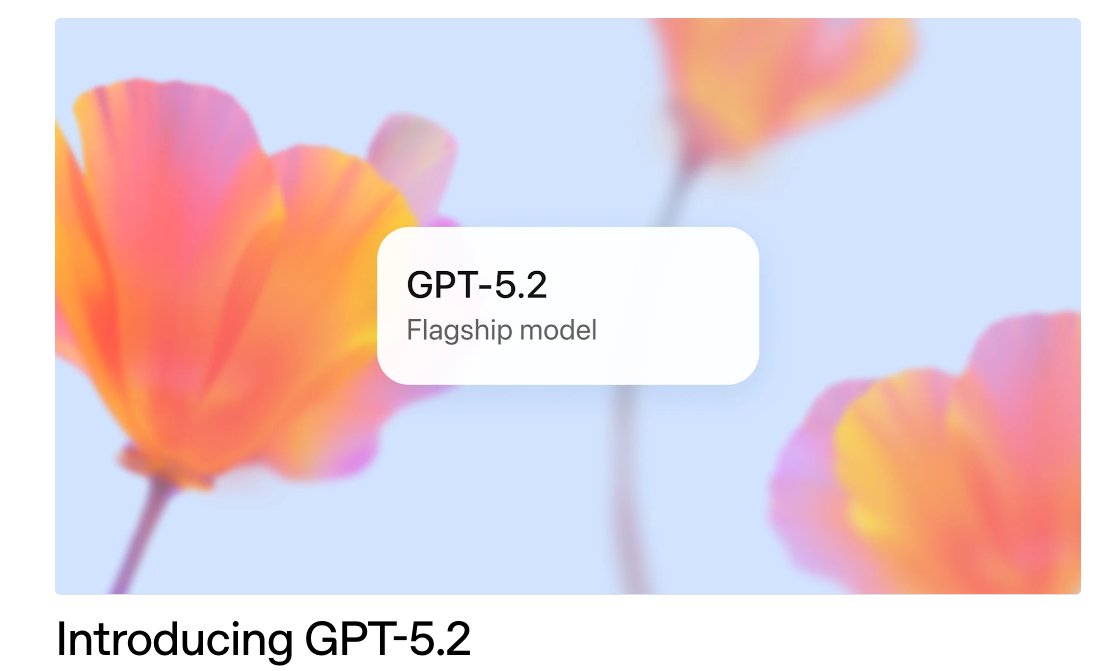TOOLS
In today's data-driven world, the ability to create custom datasets quickly and efficiently is a game-changer. Whether you're a developer testing a new application, a data scientist working on machine learning models, or a business analyst needing sample data for reports, generative tools can provide the solution. These tools allow you to generate data that mimics real-world datasets without compromising on privacy or security. In this article, we'll explore how to create custom datasets using generative tools, the benefits they offer, and some popular options available today.
Generative tools are software solutions designed to create artificial data that can be used for various purposes. They can produce a wide range of data types, including numeric, textual, and categorical data. These tools are invaluable for situations where real data is unavailable, impractical, or poses privacy concerns.
Why Use Generative Tools?
Privacy and Security: Real-world data often contains sensitive information. Using generative tools, you can create realistic but anonymized datasets, ensuring that personal information is protected.
Cost-Effectiveness: Collecting real data can be time-consuming and costly. Generative tools offer a cost-effective alternative by quickly producing large volumes of data at minimal cost.
Versatility: These tools can generate data for various applications, from software testing and machine learning to market research and educational purposes.
Common Applications
Software Testing: Developers use dummy data to test applications, ensuring they can handle large datasets and identify potential issues.
Machine Learning: Data scientists require vast amounts of data to train models. Generative tools provide the necessary datasets without needing extensive data collection efforts.
Market Research: Analysts use mock data to simulate various market scenarios and forecast trends.
Popular Generative Tools
Several tools are available that cater to different needs and skill levels. Here are some popular options:
1. Mockaroo
Mockaroo is a versatile tool that allows users to create random datasets by defining the schema and specifying data types. It offers a user-friendly interface and supports exporting data in multiple formats, including CSV and SQL.
2. Faker
Faker is a Python library that generates fake data for various purposes. It's highly customizable, enabling users to create specific data structures and integrate them into their projects seamlessly.
3. Data Generator
Data Generator is a robust tool for creating realistic data sets. It provides users with a variety of templates and customization options, making it suitable for complex data generation needs.
4. SQL Data Generator
SQL Data Generator is designed for database professionals who need to populate databases with sample data. It supports a wide range of SQL databases and offers advanced features for generating realistic data sets.
Steps to Create Custom Datasets
Generating custom datasets with these tools is straightforward. Let's walk through a typical process:
Step 1: Define Your Requirements
Before you start generating data, it's essential to define what you need. Consider the following:
Data Types: Determine the types of data you need, such as numerical, categorical, or textual data.
Volume: Decide how much data is required for your application.
Format: Specify the format in which you want the data, such as CSV, JSON, or SQL.
Step 2: Choose the Right Tool
Select a tool that aligns with your needs and technical skills. Consider factors like ease of use, customization options, and compatibility with your existing systems.
Step 3: Configure the Tool
Set up the tool by defining the data schema, including field names, data types, and any specific constraints. Many tools offer templates or wizards to simplify this process.
Step 4: Generate and Export Data
Once configured, use the tool to generate your dataset. Most tools allow you to preview the data before exporting it in your preferred format.
Step 5: Integrate Data into Your Workflow
Finally, incorporate the generated data into your workflow, whether it's for testing, analysis, or model training.
Benefits of Using Generative Tools
by Rhamely (https://unsplash.com/@rhamely)
Using generative tools for creating custom datasets offers several advantages:
Efficiency: Rapidly generate large datasets without the need for manual data collection.
Consistency: Ensure data consistency across different testing and development environments.
Scalability: Easily scale data generation to meet changing project demands.
Experimentation: Facilitate experimentation by providing diverse datasets for analysis and testing.
Challenges and Considerations
While generative tools provide numerous benefits, there are some challenges to be aware of:
Data Quality: The quality of generated data depends on the tool and configuration. Ensure that the data accurately reflects the characteristics of real-world data.
Complexity: Some tools may have a steep learning curve, particularly for advanced configurations.
Integration: Ensure that generated data integrates seamlessly with your existing systems and workflows.
Conclusion
Generative tools have revolutionized how we create and use data, offering a flexible and efficient solution for producing custom datasets. By leveraging these tools, businesses and developers can enhance their testing, analysis, and research capabilities while maintaining data privacy and security. Whether you're using a free AI database generator or a more advanced mock data generator, the possibilities are endless.
As technology continues to evolve, so too will the capabilities of generative tools, making them an indispensable asset in the data toolkit of the future. Embrace these tools today and unlock the potential of custom datasets in your projects.





